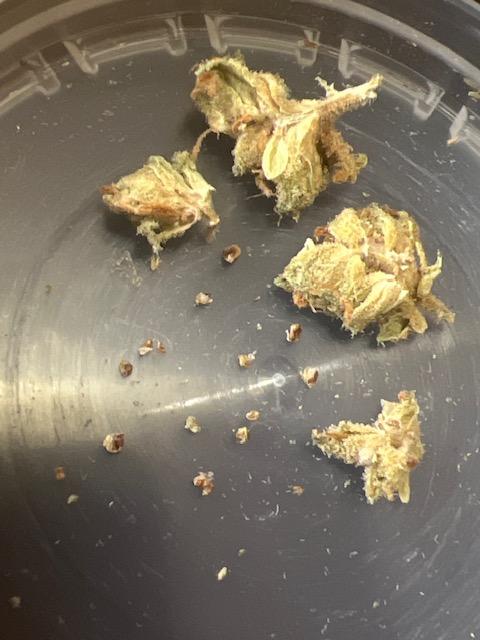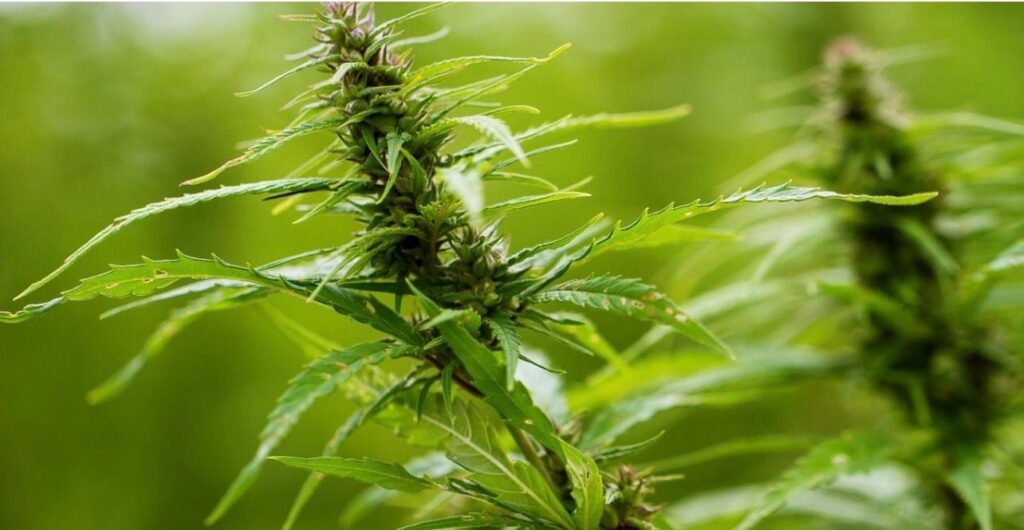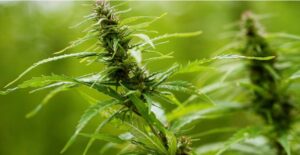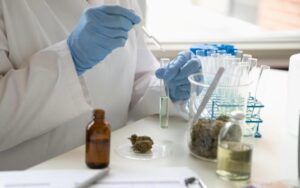In the rapidly expanding world of medical cannabis, the safety and quality of the product remain paramount for patients relying on it for therapeutic benefits. However, the presence of mould and seeds in medical cannabis poses significant health risks and undermines its medicinal integrity. This blog delves into the reasons why the industry must take stringent measures to eradicate these contaminants, ensuring patients receive the pure, effective treatment they deserve.
Understanding the Risks of Mould in Medical Cannabis
Mould is a ubiquitous environmental fungus that can thrive on cannabis plants under the right conditions, such as high humidity and poor ventilation. Its presence in medical cannabis is not just a minor inconvenience; it poses serious health hazards, particularly to immunocompromised patients who use cannabis as part of their treatment regimen.

– **Health Implications**: Inhalation of mould spores can lead to respiratory infections, allergic reactions, and exacerbation of asthma and other pulmonary conditions. For patients with compromised immune systems, these risks are even more pronounced, potentially leading to severe fungal infections.
– **Quality and Efficacy**: Mould infestation compromises the quality and potency of cannabis. It can degrade the psychoactive compounds, such as THC and CBD, reducing the medicinal benefits and making dosage control challenging.
The Problem with Seeds in Medical Cannabis
Seeds in medical cannabis indicate poor cultivation practices and a lack of quality control. While seeds themselves do not pose health risks like mould, their presence has several negative implications for patients.
– **Reduced Potency**: Cannabis flowers that have gone to seed contain lower levels of cannabinoids, meaning patients may not receive the intended therapeutic effects or consistent dosages.
– **Waste and Inefficiency**: Seeds contribute to the weight of the cannabis but offer no medicinal value, leading to waste and reduced value for money for patients who require consistent, effective treatment.
– **Indication of Cross-Pollination**: The presence of seeds often indicates accidental cross-pollination, which can lead to unpredictable variations in the chemical profile of cannabis strains, affecting their therapeutic properties.

The Need for Stringent Quality Control Measures
To protect patients and ensure the medicinal value of cannabis, the industry must implement and adhere to strict quality control measures.
– **Prevention and Detection**: Cultivators should employ practices that minimize the risk of mould growth, such as controlling humidity, ensuring proper airflow, and using clean, sanitized equipment. Regular testing for mould and other contaminants is crucial to detect and address issues before the product reaches the patient.
– **Seedless Cultivation**: To avoid the production of seeds, cannabis should be grown in controlled environments that prevent accidental pollination. This involves separating male and female plants and possibly using feminized seeds to ensure that the final product is as potent and pure as possible.
– **Regulatory Oversight**: Government and industry regulations should set stringent standards for the acceptable levels of mould and other contaminants in medical cannabis. These regulations must be enforced through regular inspections and testing, with penalties for non-compliance to deter poor cultivation practices.
Educating Patients and Providers
Education plays a vital role in addressing the issue of mould and seeds in medical cannabis. Patients should be informed about the risks associated with contaminated cannabis and encouraged to report any concerns to their providers or regulatory bodies. Healthcare providers and dispensaries need to be knowledgeable about the signs of contamination and the importance of sourcing cannabis from reputable, compliant growers.
The Path Forward
The elimination of mould and seeds from medical cannabis is not just a matter of improving product quality; it’s a critical step towards safeguarding patient health and ensuring the therapeutic efficacy of cannabis treatments. By implementing rigorous quality control measures, enforcing strict regulations, and fostering education among all stakeholders, the medical cannabis industry can protect its patients and uphold the highest standards of medicinal care.

Conclusion
The presence of mould and seeds in medical cannabis is a significant issue that must be addressed through comprehensive strategies involving prevention, detection, and education. As the industry continues to grow, the focus on patient safety and product quality must remain at the forefront, ensuring that medical cannabis can fulfil its promise as a safe and effective therapeutic option for those in need.







